|
It's an unconscious thing, a tick. A habit. Take a phrase, parse it, divide it, recombine it, look for entertaining results. As I beetle around trying to restore order to the large pile of salty gear, slightly used batteries, marine electronics, and ziplock bags of snacks, I find myself turning over the wordy options: The Everchallenge Glide. The Everyglades chalice. The Challenger Everglading.
The boys on Spawn –– my favorite skipper and his pal Jahn –– are never-say-diers. They keep swinging for the fences. Always aiming higher. All sporty metaphors apply. The additions and refinements they make to the boat are all designed to eke a bit more speed, a touch more performance, a sliver more of whatever it will take for them to get to the finish line faster.
Mr. Linton installed a system of long sweeps, racing oarlocks, and a nifty sculling seat on the original boat, and has continued to refine it as time passes. The oars are a boon when the boat is bucking the current and needs a little extra oomph. It's also handy when navigable waters get too narrow for actual sailing.
Rowing kept Spawn out of the fog that socked in some racers farther north. From Sanibel to Cape Romano, they'd row a mile to reach a puff, sail for a bit, and then row through another lull. Chasing zephyrs, balancing patience with strategy in connecting one patch of wind with another.
With help from the awesome Jim Signor, the boys packed Spawn onto the trailer, stowed things for highway travel, and we made our ways North. Moresailesed had a pressing engagement with the US Naval Academy, where he coaches sailing.
The Linton-mobile cantered home across Aligator Alley, meeting up with the nasty line of weather that Spawn had managed to outrun, but which lambasted the majority of the fleet. We dodged the inexplicable traffic that plagues I75 between Fort Meyers and Sarasota and as always were grateful to arrive alive at our house. We parked and hustled bag after bag up the stairs and then stood looking at one another. Jeff spoke the immortal words, "Is it over already?" Well, for now it is.
4 Comments
Mathew Dalton
3/7/2019 07:40:05 am
It is only over till next year....and what a short time that is! Good job Guys! And ASL makes the words dance.......
Reply
Stumblingthunder
3/8/2019 09:10:26 am
Its only over until you start preparing for next year!
Reply
Amy
3/13/2019 01:44:53 pm
Awww. Thanks!
Reply
Leave a Reply. |
About the Blog
A lot of ground gets covered on this blog -- from sailboat racing to book suggestions to plain old piffle. FollowTrying to keep track? Follow me on Facebook or Twitter or if you use an aggregator, click the RSS option below.
Old school? Sign up for the newsletter and I'll shoot you a short e-mail when there's something new.
Archives
June 2024
Categories
All
|
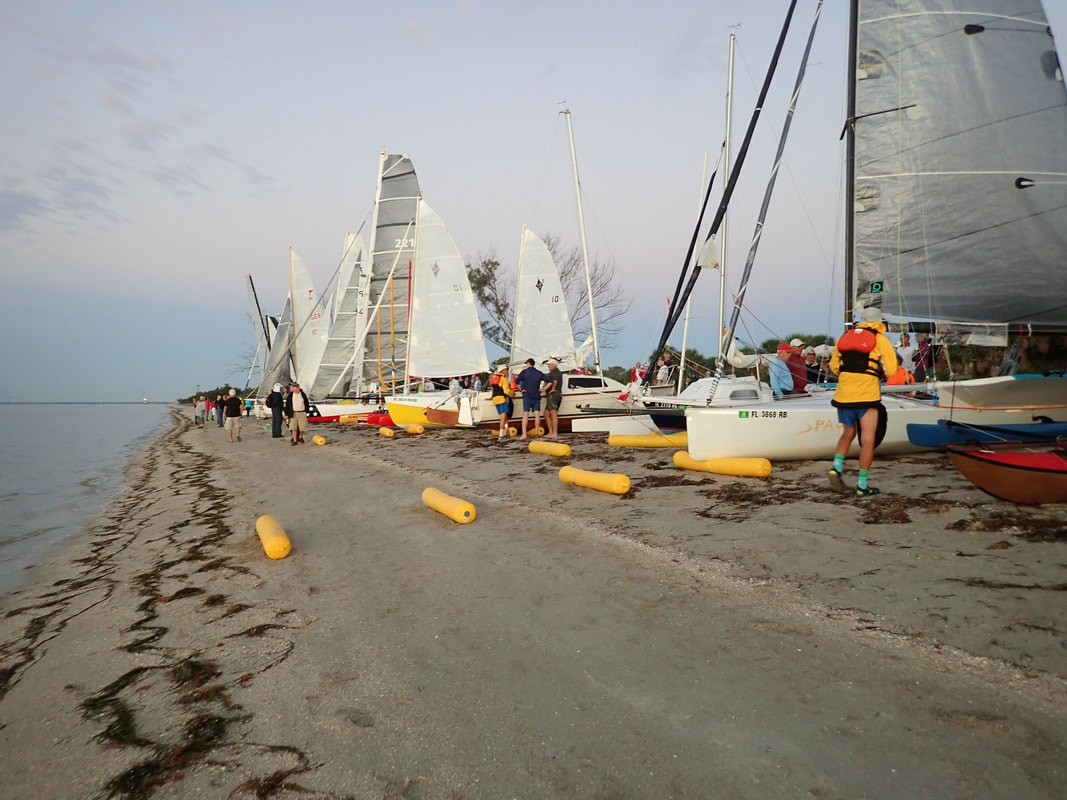
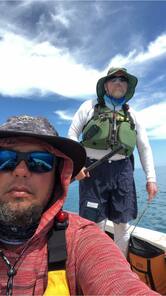
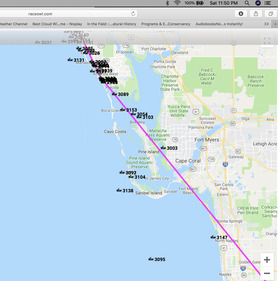
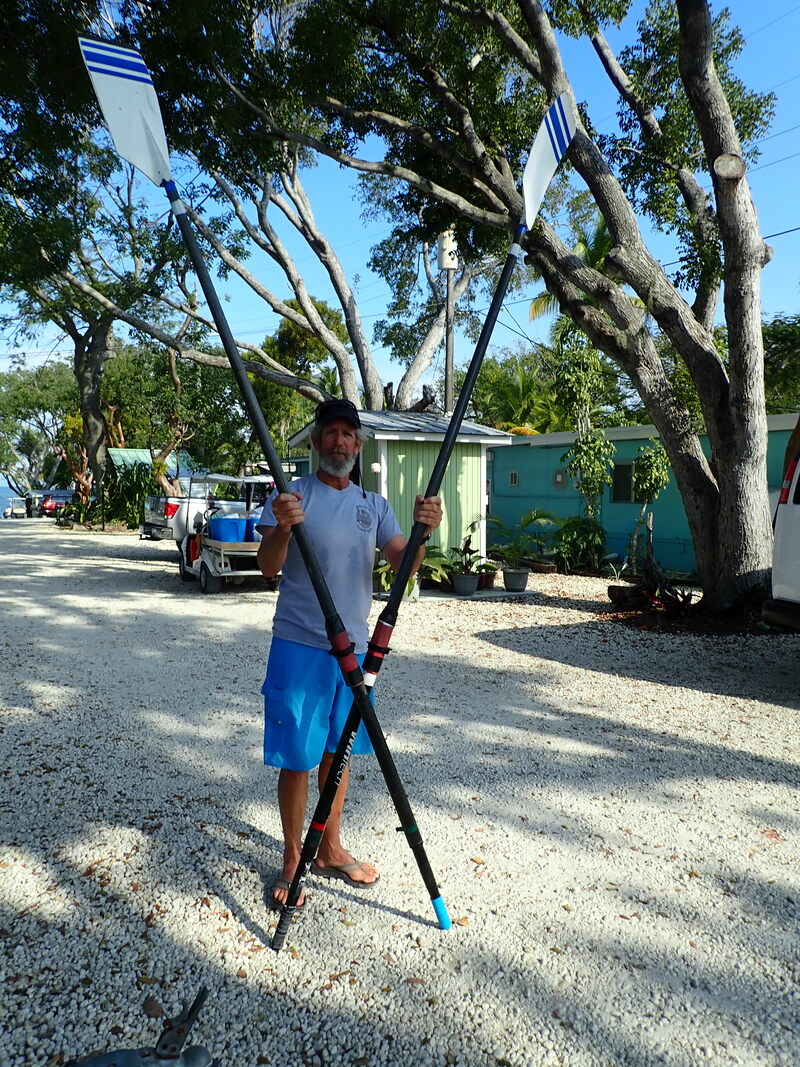
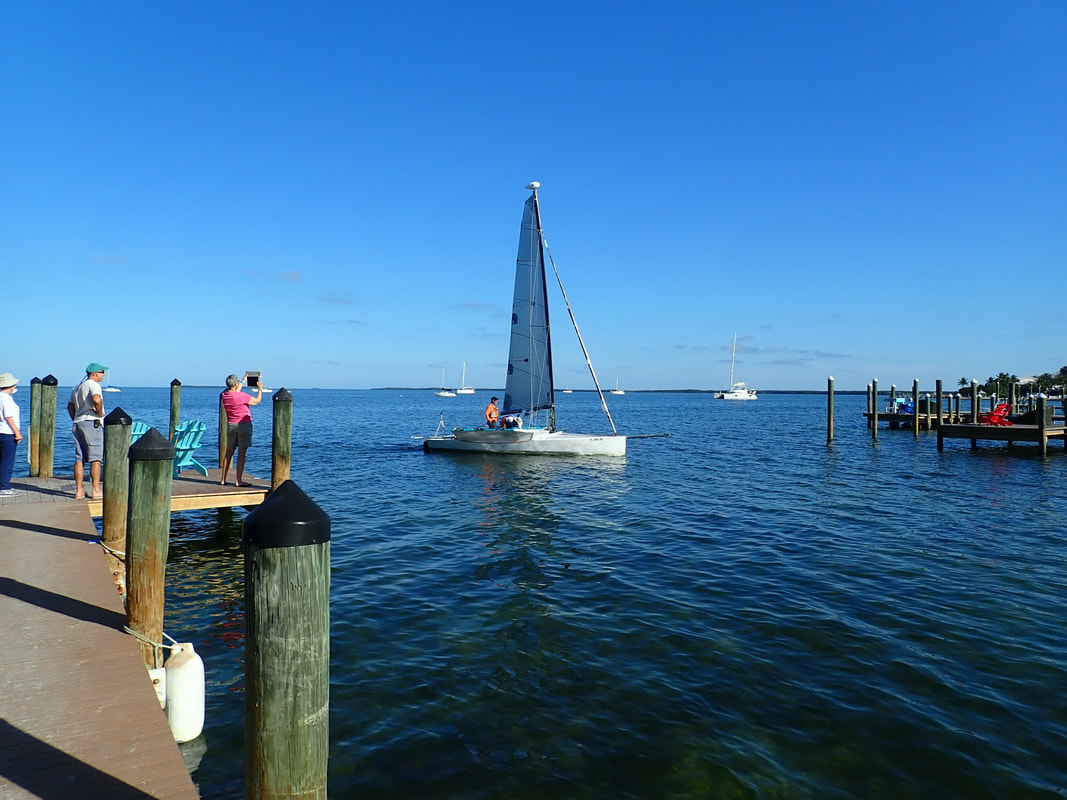
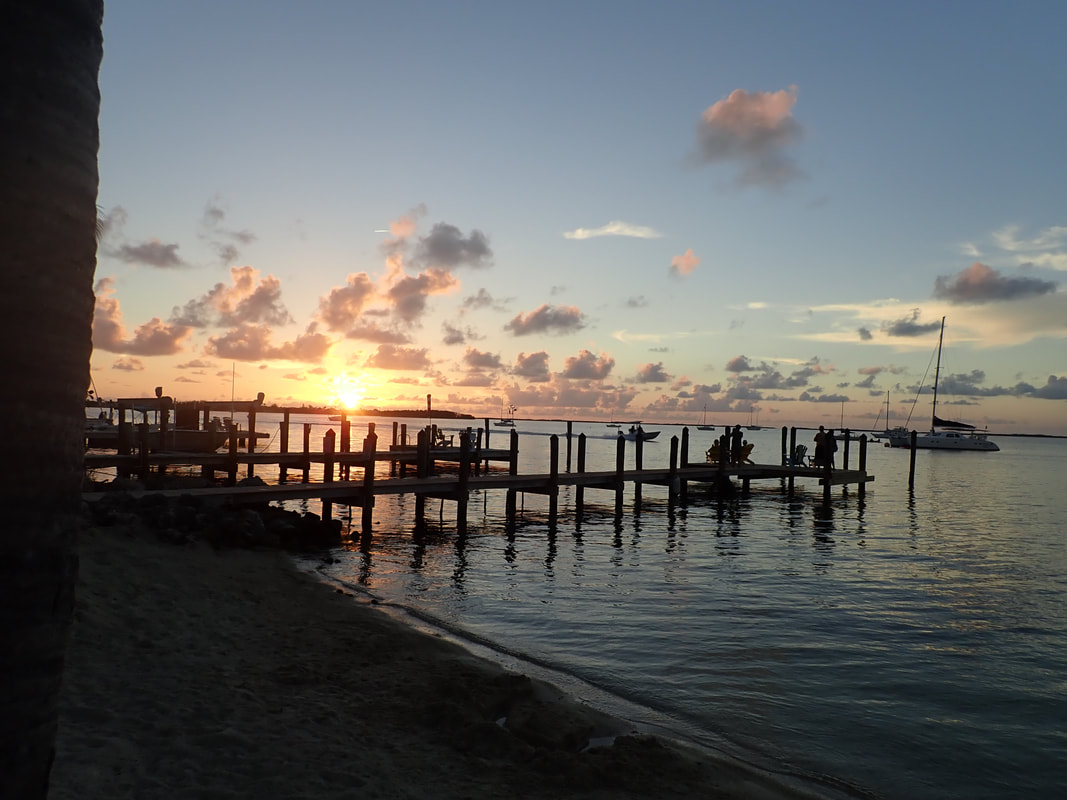
 RSS Feed
RSS Feed
